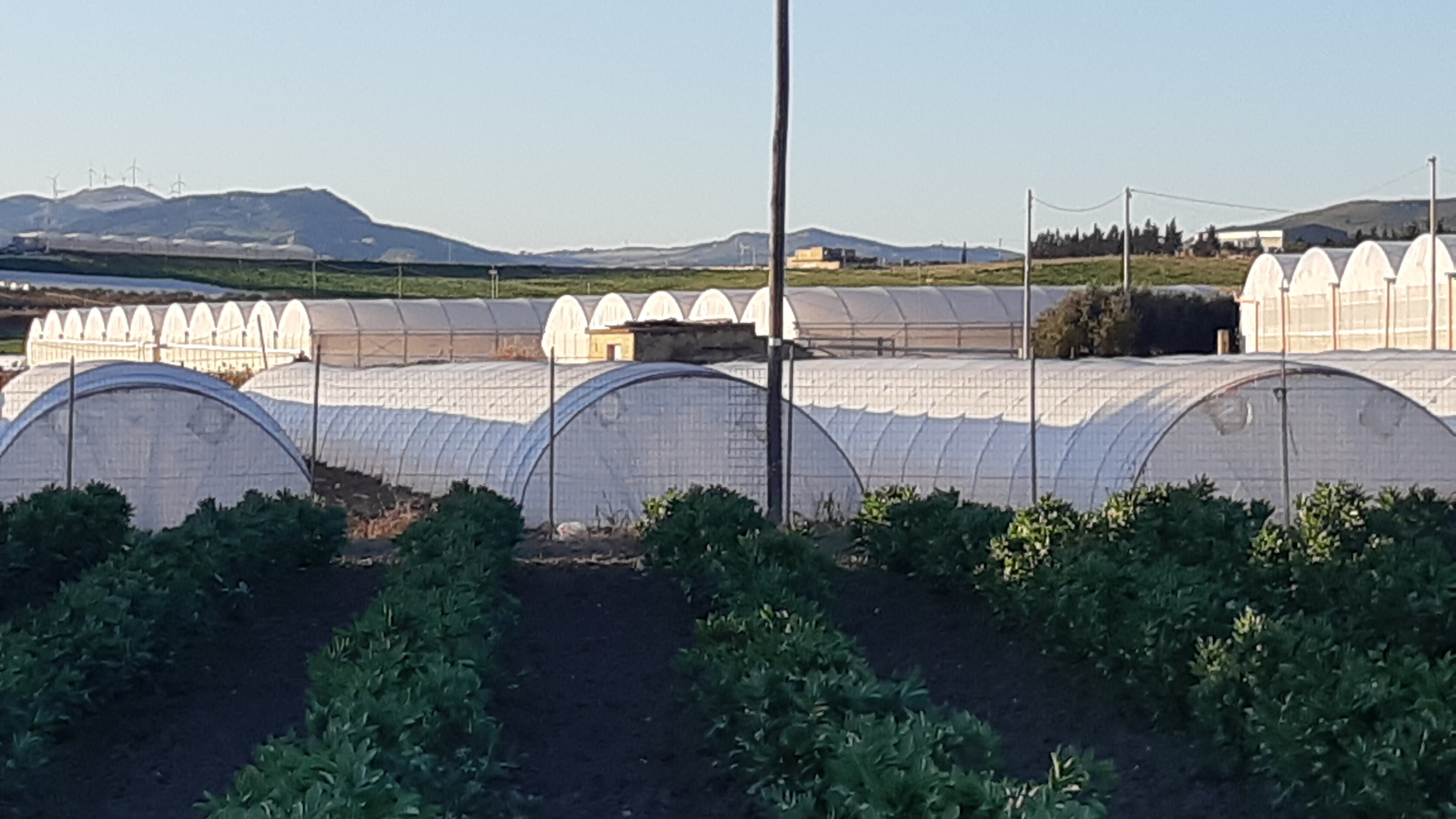Incorporating artificial intelligence into today’s environmental control systems could reduce energy use for indoor farming by 25 percent, potentially helping feed the world as the population grows, Cornell University engineers found, reporting their findings in Nature Food. According to the United Nations, the world’s population is expected to grow to 9.7 billion people by 2050. This growth, combined with climate change and urbanization, requires solutions to the flaws in the world’s current food production systems, the researchers said.
I method in indoor cultivation, such as greenhouses with artificial lighting, are less vulnerable to climate change, but require intensive energy consumption and careful resource management to be sustainable. “Current environmental control systems are not smart enough,” said Fengqi You, a professor of energy systems engineering at Cornell.
Using artificial intelligence techniques such as deep reinforcement learning and computational optimization, the scientists analyzed lettuce grown in indoor farming facilities in eight different locations (Los Angeles, Chicago, Miami, Seattle, Milwaukee, Phoenix, Fargo, North Dakota, and Ithaca, New York across the United States), as well as Reykjavik, Iceland, and Dubai, United Arab Emirates. TheArtificial intelligence reduces energy consumption optimizing lighting and climate control systems. Energy consumption dropped to 6.42 kilowatt hours per kilogram of fresh weight (energy needed or used to produce one kilogram of indoor-grown lettuce) from 9.5 kilowatt hours per kilogram of fresh weight, in locations using non-AI technologies.
The researchers found that for warmer areas, such as Dubai or the southern United States, AI reduced energy use to 7.26 kilowatt hours per kilogram of fresh weight, compared to 10.5 kilowatt hours per kilogram of fresh weight. A low ventilation during light periods (16 hours of simulated sunlight) and high ventilation during dark periods (eight hours simulating night) provided an energy-efficient solution for optimal indoor carbon dioxide levels for photosynthesis, oxygen for plant respiration and growth, and other balanced ventilation requirements.
“This is a very similar concept to smart homes,” You said.
“We want to be comfortable at home while reducing energy consumption; as well as crops. This work focuses on an intelligent system to make food production optimal, sustainable and reduce the carbon footprint. This is what AI does very well. We can save a lot of money if we use AI to carefully optimize artificial lighting and other energy systems.”
